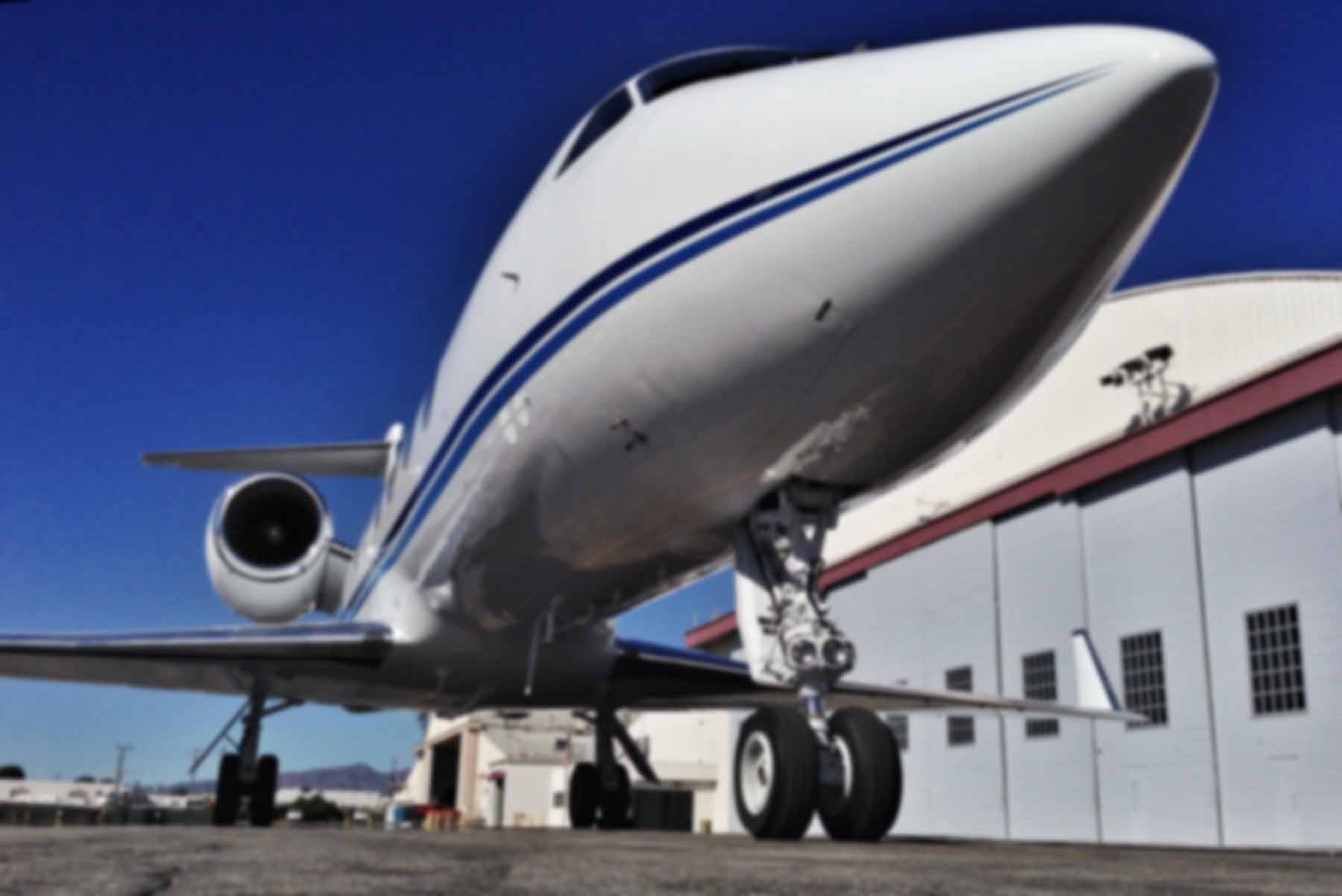I’m starting to form an opinion on ATP’s instructor program. I’ll reserve final judgement until I’ve completed the course, but my thoughts thus far are that your average pilot is probably not going to be well equipped or well served by this kind of thing. Allow me to explain.
My class is comprised of five people of widely varying experience. Each has unique challenges to overcome. For example, the high-time member of our group is a former airline pilot who now flies DC-3s for the U.S. Forest Service. She overcontrols the Seminole since it’s far lighter and more maneuverable than the Douglas. Quite a minor thing.
On the other hand, the other three people are low time pilots who came out of various academies. They simply don’t have a lot of flight experience. It’s not a ‘dig’ at them — they’re extremely nice and hardworking people. But they only have the tools that they were given in their previous flight training. Is that enough? I think it can be — after all, the military takes people from zero to high performance jets in less than a year — but it’s unlikely that their training met a high enough standard to overcome the lack of seasoning and experience. The academies are geared toward getting those pilots into an airliner cockpit, not a GA aircraft. But general aviation is where we are at the moment.
And then there’s me. Ironically, ATP’s program is probably best suited to someone like myself who lives and breathes general aviation. I have a lot of experience flying a wide variety of aircraft and profiles: gliders, sea planes, biplanes, twins, experimentals, aerobatics, instruments, formation flying, and so on. That serves me well when I show up and have to master a new airplane quickly. I’ve also got a lot of real-world general aviation flight experience because of Angel Flight. I understand systems well because I’ve been an aircraft owner. In addition, the “accelerated” training fits my personality, as I prefer to focus on whatever I’m working on until it’s completely done.
But the real key is the slow, in-depth training I got at Sunrise Aviation as a private, instrument, and commercial student. Sunrise has extremely high standards, and I came into this course with a perfect foundation for this kind of training. When you’re doing “accelerated” training, there’s no time for those with holes in their primary training to fill them during the program. In a sense, you’re sunk before you’ve started. The pace is so quick that even if the instructors here wanted to hold your hand, they just would not be able to do it. One of the guys in my class is in that sinking boat, and it’s sad to watch. He told me that he’s having trouble sleeping because he’s so worried about the maneuvers. I asked him which ones, and he said, “All of them.” I’m trying to help the guy out, but there’s only so much I can do.
If you’re considering accelerated training at the CFI level, I’d recomment you make an honest assessment of your skills and experience first. The prerequisites are not just lip service. They are the only thing that’s going to sustain you. When ATP says you have to come into the program with full IFR currency and proficiency, they mean it. My first instrument flight is tomorrow, and on that flight we’ll be doing engine out, partial panel circle-to-land approaches at 3:00 a.m. at a Class B airport.
There’s nothing wrong with ATP’s instructor program, but it’s not for everyone.
